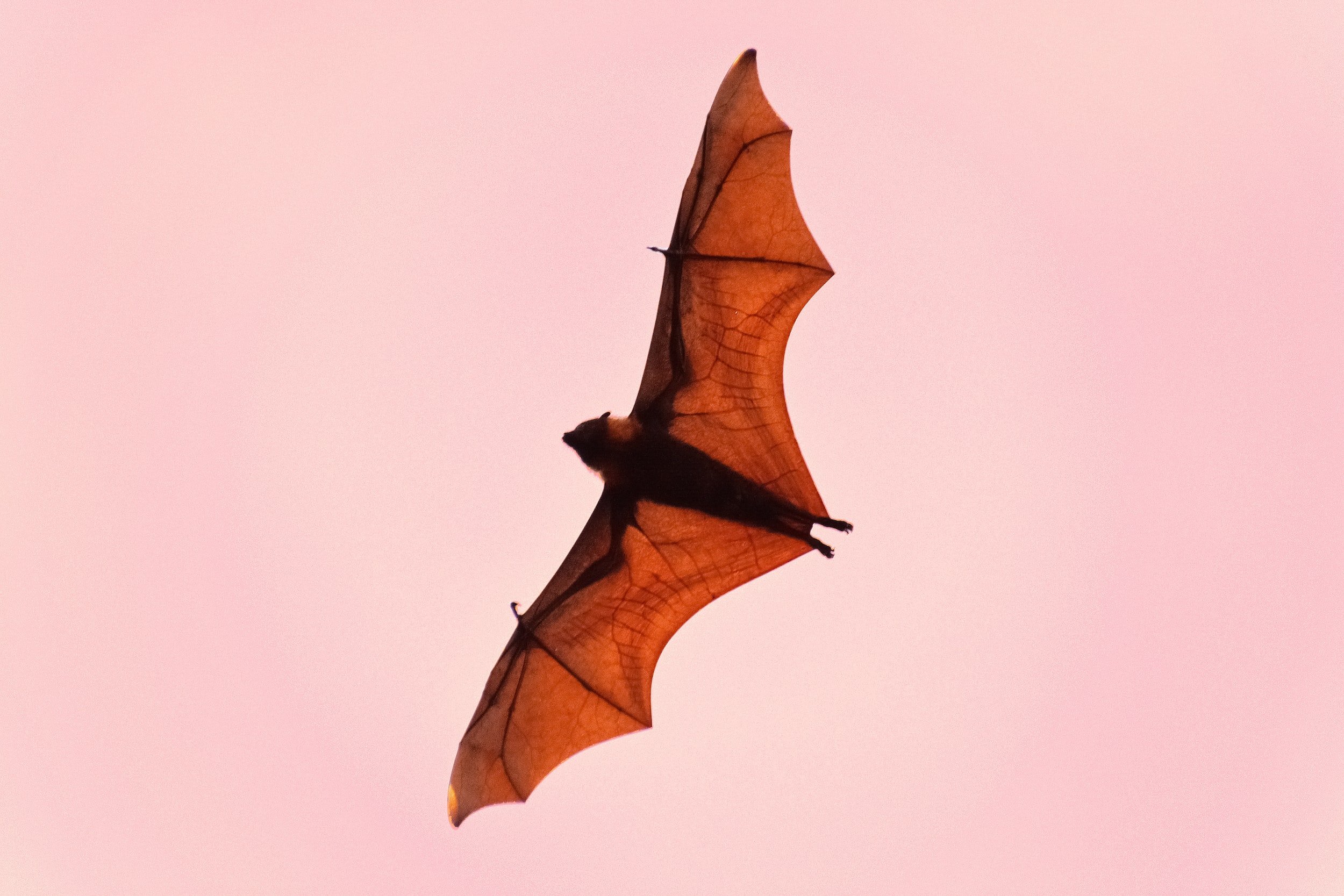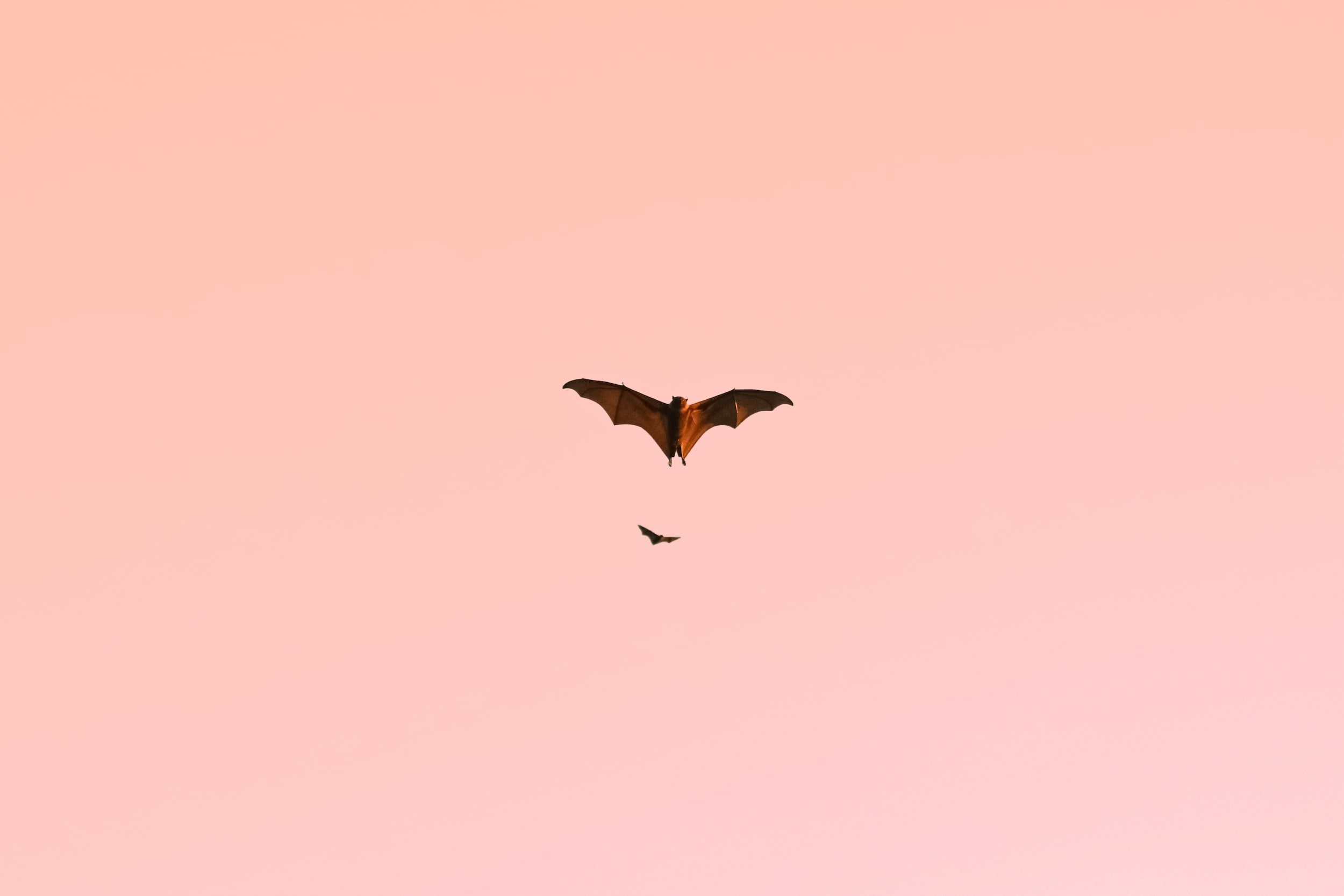BACKYARD GARDENING MADE SIMPLE
Bat Houses You Can Build Or Buy
When I was young, we had a playroom in our attic. One afternoon, we noticed there were bats hanging upside-down on one of the window screens. There were two big bats, and a little baby bat.
With the glass between us, we were able to safely look them over, and we learned something unexpected – bats are cute!
They stayed quite a while, sleeping all day and disappearing at night. We actually felt a little sad when they left for good, and so we bought a bat house kit.
The Cottage Peach is reader-supported. When you purchase through links on our site, we may earn an affiliate commission at no additional cost to you. All opinions are our own.
Bat Houses
When I was young, we had a playroom in our attic. One afternoon, we noticed there were bats hanging upside-down on one of the window screens. There were two big bats, and a little baby bat.
With the glass between us, we were able to safely look them over, and we learned something unexpected – bats are cute!
They stayed quite a while, sleeping all day and disappearing at night. We actually felt a little sad when they left for good, and so we bought a bat house kit.
Bat Facts
Bats have flown over the earth for more than 50 million years. Unlike birds, their fellow flyers, they are mammals, and are in fact the second largest order or mammals, with more than 1,400 species.
Bats are nocturnal, and have wings where their forelegs might have been, making them the only mammals that can truly fly. (Flying squirrels don’t actually fly, they just glide small distances.) They are more agile fliers than most birds.
Bats pollinate night-blooming flowers, and are the primary pollinator of agave, which is the main ingredient in tequila.
The world’s smallest bat is the Bumblebee Bat, which is about an inch by ¾ of an inch when full-grown. The largest is the Giant Golden-crowned Flying Fox, which has a wingspan up to 6 feet. The
Mexican Free-tail Bat is the fastest bat, and can travel up to 100mph. Mexican Free-tails gather in a cave in New Mexico to give birth, with a population of up to 20 million!
There are 10 or 12 bat species that regularly use bat houses. The two most common are Little Brown and Big Brown bats. Neither is a vampire bat.
Bat Get a Bad Rap
In North America, bats are closely associated with vampires, and this stigma often overshadows the many beneficial qualities of bats. In fact, of the 1,400 species of bats, only 3 are vampire bats that drink blood.
They are also stigmatized because people fear they’ll catch rabies from a bat. Bats, like most mammals, can carry rabies, but the fact is that the vast majority do not. So while we should still see a doctor if there’s any chance we’ve been bitten by a bat, catching rabies isn’t something we need to worry about very much.
What Good Are Bats?
When you’re sitting in your backyard and see bats flying overhead, know that on that night, a colony of hundreds of bats will consume hundreds of thousands of insects. Imagine how many million bats around the world consume!
Bats are the top predator for insects that fly at night, eating pests like flies, termites, flying ants, June beetles, and moths. They also do us the great service of eating mosquitoes. In agriculture, the more bats we have, the less pesticide is needed.
Aside from eating pests, bats who feed on nectar also pollinate plants like bananas, cloves, and peaches. And those who feed on fruit disperse seed through their guano, spreading plants to the surrounding areas.
What Do Bats Sound Like?
To our ears, bats don’t sound like much of anything, but the sounds they do make are clicking noises. Bats make these noises using their vocal cords, their nostrils, and their tongues. Some species of bats also make clicking sounds by flapping their wings.
These clicking noises are ultrasonic, in a frequency 3 times higher than what we can hear with our human ears.
We know what bats sound like because of the use of bat detectors, which use an ultrasonic microphone and convert the sounds to a frequency humans can hear.
And so we know that if the noises are slowed down, they sound like the chirps of a bird, and that different species of bat have different calls, just as birds do.
Bats use these noises to echolocate, and presumably to communicate with each other. Their echolocation skills allow them to sense something as fine as a human hair.
What is a Bat House?
A bat house is built and secured somewhere high in order to provide bats with a space to live that mimics the roosts they would choose in the wild.
Many bat species roost under the bark of dead trees (and if you have a dead tree it is safe to leave standing, you can leave it up to provide a natural bat house).
Because this is the environment they choose in nature, bat houses are made to be narrow and tight. They are generally made from rough wood, so the bats can hang on without slipping, just as they would be able to between bark and the trunk of a tree.
Bat houses are often painted in dark colors, and the sides caulked, to recreate the warm and snug area they would naturally choose to raise babies.
Why Have a Bat House?
More than half of the bat species in North America are endangered.
Some of the main problems in maintaining bat populations are a fungal disease called White Nose Syndrome and the very long gestational period bats experience. The common vampire bat, for example, carries its young for 209 days! Most bat moms only give birth to one pup a year.
But human activity bears the majority of responsibility for their population decline: the destruction of natural habitats, windmills, climate change, pesticide use, hunting for sport and meat, and stigmas which lead to their being killed.
Having a bat house is an easy way to do our small part towards helping them have what they need to survive. A bat house provides a safe, warm place for mothers to bear their young.
Bat houses also provide bats who have been ‘evicted’ from people’s homes an alternative spot to roost.
DIY: How to Build a Bat House
A bat house is fairly simple to make. There are tons of plans and instructions online. The government of Massachusetts provides this free plan to build a four-chamber bat house: https://www.mass.gov/doc/build-a-four-chamber-bat-house/download
Their site details some key elements for a successful bat house. They recommend:
Using exterior plywood or cedar.
Using rough wood.
Not using pressure treated wood.
Using exterior grade screws to assemble.
Making your house at least 24” tall and at least 14” wide.
Making a bigger box is better.
Adding a 6” x ½” vent on each side for airflow.
Caulk all seams.
Cover the roof with shingles or metal for a more durable bat house.
Provide a landing pad of 3-6” just below the entrance.
The overall goals to keep in mind when building a bat house are warmth and tight spaces, as these will provide the right environment for babies.
To help maintain a good temperature, bat houses can be painted, but it is not required.
What Are the Best Bat Houses I Can Buy?
Bat houses are readily available to buy online at Amazon, Home Depot, Lehman’s, and Etsy. Here’s a few top picks for handmade bat houses from Etsy:
DIY Bat House Kits
Bat house kits are easy to assemble, and most can be completed in under an hour. Building one is a great project to do with kids.
When shopping for a bat house kit, choose one that is made with quality materials.
A bat house kit should come with everything you need, with the exception of tools like a drill or caulking gun. The necessary wood will be included and cut to size.
Bat Conservation & Management https://batmanagement.com/ is committed to the conservation and study of bats. They conduct research and surveys and work to educate people about bats. On their site, they sell a variety of bat house kits you can assemble yourself or buy premade. Their designs are backed by many years of experience and study.
Where Should I Hang a Bat House?
First, look for a place that is away from windows, doors, patios, or decks. Bats’ droppings make quite a mess.
Choosing the location for your bat house can make all the difference as to whether bats will move into it or not.
Bats scout for new roosts at night while they feed. Here is what you can do to make them more likely to choose yours:
Do not put your bat house on a tree. Bats can find houses more easily on a building or pole.
Put your bat house near a water source.
Install your house at least 12-20’ from the ground.
Make sure the location gets at least 6 or 7 hours of sunlight.
Consider placing it under your eaves, but only after making sure your house is bat-proof.
Bat houses should be a good distance away from wires and tree branches so there’s nothing to impede the bats’ flight.
Face your bat house to the south or southeast to catch as much warmth from the sun as possible.
In cooler climates, paint the house black to increase heat absorption from the sun.
While you can install a bat house at any time of year, you are more likely to get bats if you install it in spring or early summer.
How to Attract Bats to Your Bat House
One way to attract bats to your bat house is to grow night-scented flowers. These flowers often attract moths and other bugs which bats find tasty.
Night-Scented flowers:
Evening Primrose
Honeysuckle
Goldenrod
Fleabane
Another way to attract bats is to minimize (or better yet, eliminate) the use of pesticides in your yard. Bats are looking for a place where there’s a plentiful food source, meaning lots of bugs.
Finally, make sure there are no outdoor lights near your bat house.
It can take up to 2 years for bats to find and move into a bat house, so you’ll have to be patient. If no bats have made it their own in 2 years, you can move it to a different location and try again.







